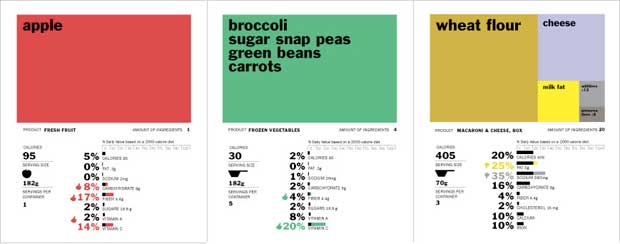 Uncle Sam wants you to know more about what you’re eating.
Uncle Sam wants you to know more about what you’re eating.
Yes, calorie counts are popping up on menus of chain restaurants across the country and the longstanding food pyramid was toppled this year, but there are several crucial facts the FDA may not include in the new nutritional fact labels.
Currently, the Food and Drug Administration (FDA) is revising the look of nutrition facts label — that breakdown of fats, salts, sugars and nutrients on every food package — to give consumers even more useful information and help fight the national obesity epidemic.
For two decades, the black and white label has offered a glance of nutritional information about what’s inside each package, including calories and grams of fats, cholesterol, protein and carbohydrates. For a very long time, critics have complained it’s confusing and doesn’t offer consumers a simpler way to make a choice about whether it’s healthy for them.
So a proposal is in the works to change several parts of the label, including more accurate serving sizes, a greater emphasis on calories and a diminished role in the daily percent values for substances like fat, sodium and carbohydrates:
- For starters, portion sizes should better reflect reality. The 2.5 servings listed on a 20-ounce soda bottle are typically slurped up by an individual in one sitting rather than split between a couple and their child. The same goes for a can of soup, where one serving is often listed as two-fifths of a can.
- The FDA is also likely to find a way to emphasize calories, which many people rely on for weight control.
- Other items likely to disappear because they haven’t proven useful include calories from fat and the daily percent value numbers that show how much what an average diet should include.
There’s no shortage of ideas on how to improve the label. A recent contest by the University of California, Berkeley and Good Magazine yielded 60 colorful new designs. A familiar theme popped up: red, yellow and green colors of a traffic light to indicate whether a food is good or bad. Another offered thumbs up and thumbs down on nutrients, depending on how much.
The winning design was created by Renee Walker, whose label is topped by a large blocks of color above the nutrient listing, with each block representing an ingredient. For example, a jar of peanut butter would typically have a big box for peanuts, a smaller box for sugar, and other blocks for other ingredients.
Still, some wish the revisions would go further to list information about the amount of preservatives in a food and the degree of processing it has undergone. Health activists say such changes could help trim waistlines in America.
Advocates believe that the government and industry are too cozy, and that food companies are reluctant to overhaul food labels for fear of their profits being hurt.
“It’s against the industry’s interest to help the consumer make better choices because then they’ll sell less food,” said Kelly Brownell, director of Yale University’s Rudd Center for Food Policy and Obesity. “If the population is going to lose weight, it’s going to eat less food, so that means less business for them.”
Credits:
[1] FDA Cooking Up Helpful New Nutrition Facts Label — Associated Press
[2] Rethink The Food Label — berkeley.news21.com


 Are you ready to look better, feel more energized, and get back that youthful feeling you remember having as a kid? I can help you on a journey that will change the way you eat — for good. My
Are you ready to look better, feel more energized, and get back that youthful feeling you remember having as a kid? I can help you on a journey that will change the way you eat — for good. My 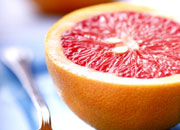


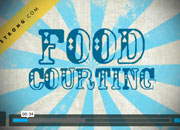
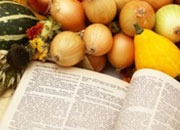







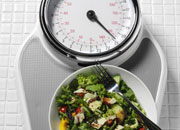


 As a healthy cooking expert, health coach and TV host,
As a healthy cooking expert, health coach and TV host, 

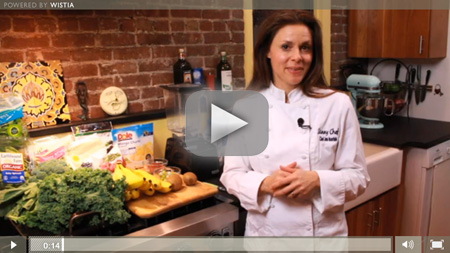
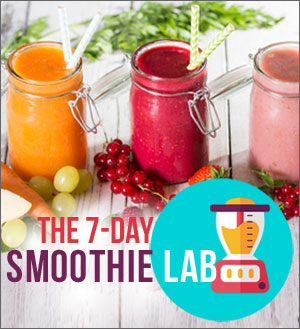
Changes in nutritation lables wiil do no good for people who don’t read them.I live in a independent senior apartment complex. I asked 3 of my nearest neighbors and not one reads past the calories…which doesn’t doesn’t change their decision to eat or not to eat. As a diabetic I need to have carbs,total fat, and “serving size”. These 3 items determine if and or how much of a product I eat or drink.I hope those are not removed.
brenda hesterlee